
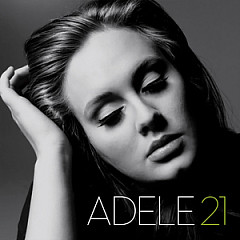
Adele got the title "Rolling In The Deep" from the British saying "Roll Deep," which means to look after someone. She was "rolling deep" with her boyfriend until he betrayed her.

Demi Lovato recorded a Spanish version of her song "Skyscraper," but she doesn't speak Spanish. She performed it on a Latin music awards show with help from a teleprompter.
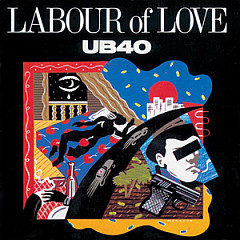
UB40's cover of "Red Red Wine" was a minor hit when first released in 1983, but it went to #1 five years later when radio stations in Phoenix started playing it.
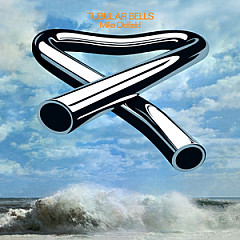
The Exorcist theme music is a portion of "Tubular Bells," a 25-minute song released by 19-year-old Mike Oldfield.
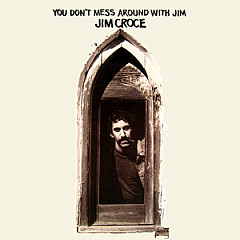
Jim Croce was killed in a plane crash on September 30, 1973. A few weeks later, his song "Time In A Bottle" hit #1.
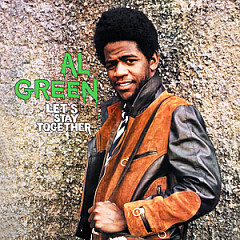
Al Green wrote the lyrics for “Let's Stay Together” in five minutes after Willie Mitchell gave him a rough mix of a tune that he and drummer Al Jackson had developed.
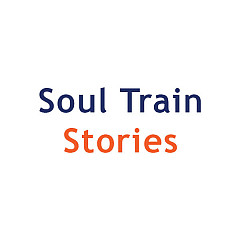
A Soul Train dancer takes us through a day on the show, and explains what you had to do to get camera time.
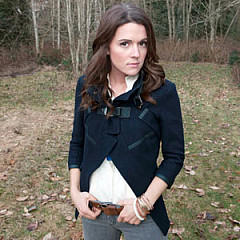
As a 5-year-old, Brandi was writing lyrics to instrumental versions lullabies. She still puts her heart into her songs, including the one Elton John sings on.
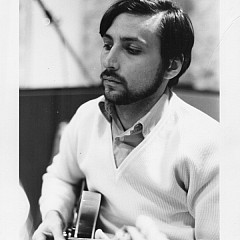
A top New York studio musician, Ralph played guitar on many '60s hits, including "Lightnin' Strikes," "A Lover's Concerto" and "I Am A Rock."
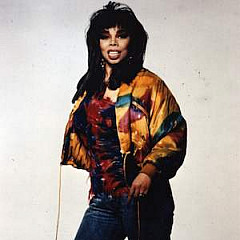
Outrageously gifted and just plain outrageous, Millie is an R&B and Rap innovator.
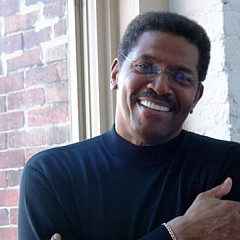
Phil was a songwriter, producer and voice behind many Philadelphia soul classics. When disco hit, he got an interesting project: The Village People.